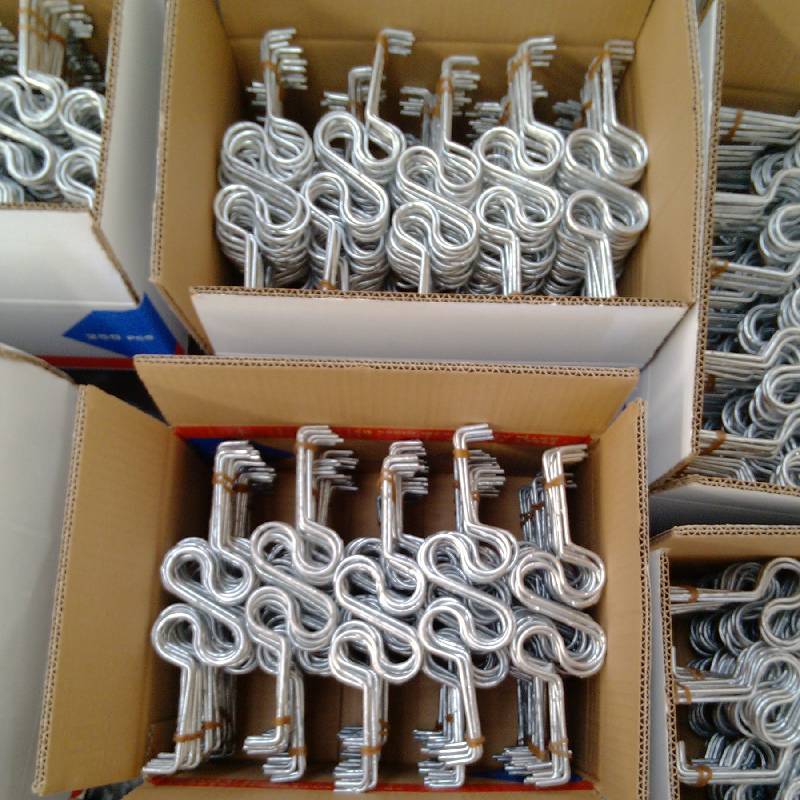
- Mobile Phone
- +8613931874955
- sales@cntcmetal.com
High-Quality Compression Spring Assortment for All Applications
Understanding Compression Spring Assortment A Comprehensive Guide
Compression springs are essential components in various mechanical systems, providing resistance and force through compression. They are widely used in industries ranging from automotive to consumer products, where they serve purposes such as absorbing shock, storing energy, and maintaining pressure. A well-curated assortment of compression springs can significantly enhance efficiency and functionality in any project. This article delves into the key aspects of compression spring assortment, including types, materials, applications, and selection criteria.
Types of Compression Springs
Compression springs come in various shapes and configurations. The most common types include cylindrical, conical, and barrel-shaped springs. Cylindrical springs are the most prevalent, characterized by a constant diameter along their length. They provide uniform resistance and are widely used in devices like pens and mattresses. Conical springs, tapering at both ends, allow for a more compact design while offering variable resistance, making them suitable for applications with limited space. Barrel-shaped springs combine attributes of both cylindrical and conical springs, providing varied resistance with a larger contact area.
Materials Used in Compression Springs
The choice of material is crucial when selecting compression springs. Common materials include stainless steel, music wire, and oil-tempered steel. Stainless steel springs are known for their excellent corrosion resistance, making them ideal for outdoor or corrosive environments. Music wire is a high-carbon steel that offers superior performance and is often used in applications requiring high strength and fatigue resistance. Oil-tempered steel springs undergo a specialized heat treatment process, enhancing their durability and resilience under extreme conditions.
Applications of Compression Springs
The versatility of compression springs allows them to be found in countless applications. In the automotive industry, they are used in suspensions, valves, and engine components to manage forces and vibrations. In electronics, compression springs can provide tactile feedback in switches and buttons. Additionally, industries such as aerospace, medical devices, and consumer goods utilize compression springs for their reliability and effectiveness in ensuring smooth operation.
compression spring assortment

Selecting the Right Compression Spring
When assembling a compression spring assortment, several factors must be considered
1. Load Requirements Understand the load the spring needs to support. This will inform the wire diameter and spring dimensions. 2. Spring Rate The spring rate, indicating how much force is required to compress the spring a certain distance, is crucial for performance assessment.
3. Space Constraints Consider the available space for the spring and choose the appropriate shape and size accordingly.
4. Environmental Conditions Factor in exposure to elements like moisture, heat, or chemicals, and select materials that can withstand these conditions.
Conclusion
A meticulously curated selection of compression springs can profoundly impact product design and operational performance. Understanding the types, materials, applications, and considerations for selection will empower engineers and designers to make informed decisions. Whether you are designing a new product or sourcing replacement parts, having a diverse assortment of compression springs at your disposal can streamline the process and enhance the overall quality of your projects.
share:
-
Your Source for Concrete Wall Ties and Masonry AccessoriesNewsJul.10,2025
-
Unlocking the Power of Iron Wire for Every ProjectNewsJul.10,2025
-
Explore Advanced Chain Wire and Stainless Steel Mesh FencingNewsJul.10,2025
-
Discover the Benefits of Annealed Wire ProductsNewsJul.10,2025
-
Discover China Stainless Steel Wire Mesh SolutionsNewsJul.10,2025
-
Build with Confidence Using High-Performance Masonry AccessoriesNewsJul.10,2025
-
Why Sacrificial Formwork Is Redefining Underground ConstructionNewsJun.06,2025



















